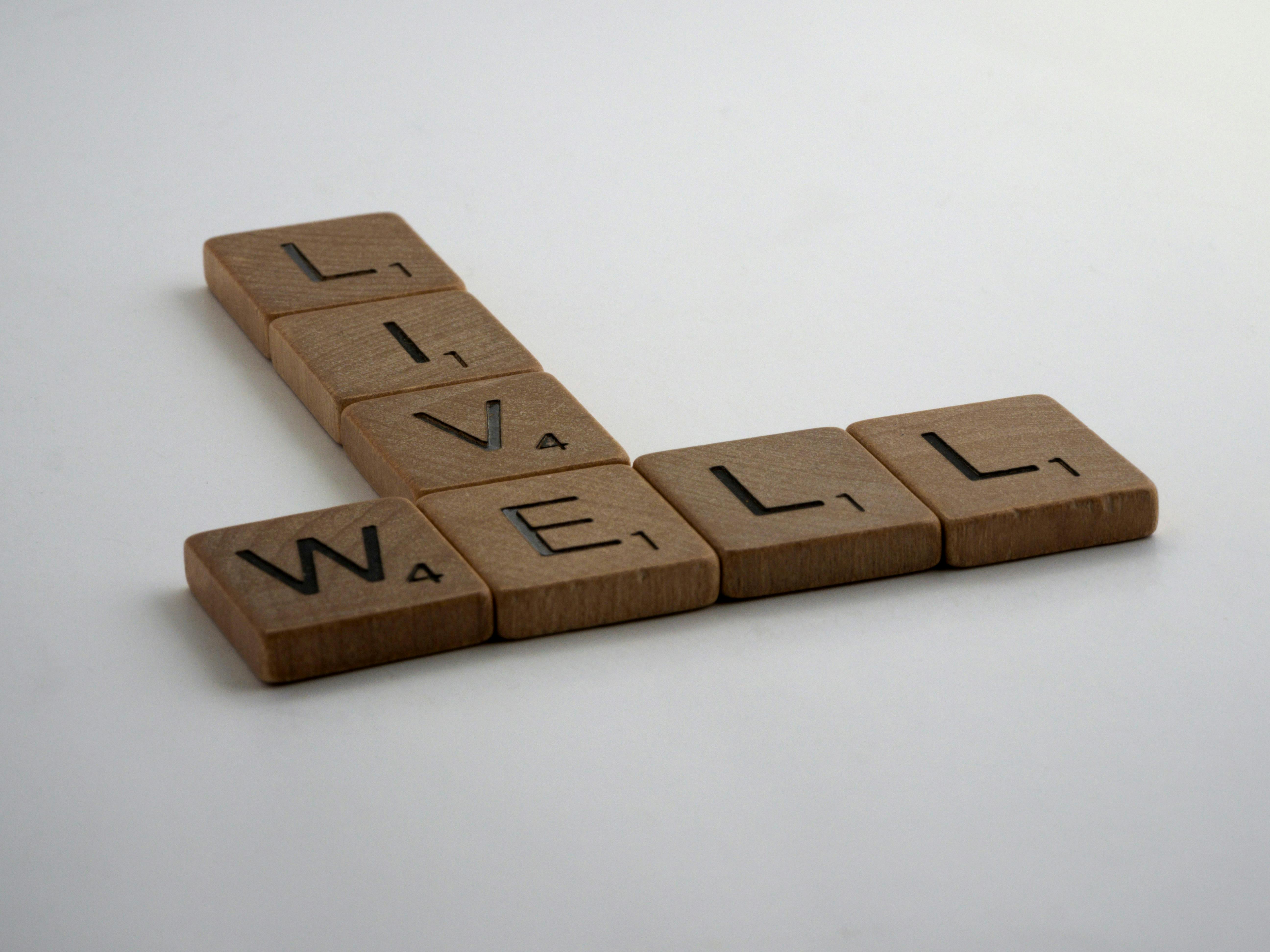How to perform an FTP test
Today we are going to talk about how to get your FTP, or Functional Threshold Power, and there are at least 5 ways you can estimate your FTP, a 20 minute test, 2 to 8 minute tests, the ramp test or 2 – test. of 6 minutes. The last and most optimal way to do this test is very difficult, since it would be your result in the course of an hour. Because that would require an enormous amount of preparation, most athletes use one of these other four methods and not many people use the hour method. Functional Power Threshold is really how many watts you can sustain over the course of an hour. Think of it as a one hour time trial. A time trial is total, giving everything you have to achieve the fastest time.
Now, before we dive into how to do this, let’s talk about why you need to do these tests and what you need to measure during the test.
To train correctly, like to be in the right zones, you need to have a baseline to discover these zones. The zones are different depending on the intensity, from a recovery zone to what I call the synapse interval zone. By taking an FTP test, you will be able to use a little math to find out what the ranges are in your area.
What are we measuring? Ideally, measure heart rate and power, with power being the most important measurement for training. Power is measured in watts and gives you an instant read on where you are on all your rides. Heart rate can be used, but it lags and you’ll most likely have to start too hard to get your heart rate to where it should be and then back off when it gets too high. Heart rate can also be affected by training load and can sometimes be too high or too low, which could also put you in the wrong training zone. Heart rate is nice to have so that when you’re power training, you can see your baseline FTP heart rate and see or possibly predict when you may need to rest a little longer from the bike so your body can recover. The bottom line is that it is important to measure both power and heart rate during the FTP test.
Now let’s talk about some of the different testing options mentioned above. The first is the most common is the 20 minute test. I would recommend this test for the expert and elite cyclist. More specifically road and gravel racers as they keep the power low constantly during their events.
The two 8 minute stress test would be suitable for athletes who may be more explosive such as cyclocross and/or mountain bikers. This test would be a better representation of what is going on in their career and how they will be training.
The ramp test is just what it sounds like, after a warm up the power increases every minute until failure, this may be the least painful test of the bunch as it’s only hard for the last few minutes, but it’s still effective.
We can also do two 6-minute efforts. I use this test with my beginner athletes and athletes in all disciplines of cycling. I can still get a good total effort number with this type of test and not scare the athletes away. I have seen great improvement with this level of athletes using this form of proof for all skeptics.
Once again, the hour test will give you a very accurate number, but pushing yourself for an hour around the threshold can definitely take its toll, and just thinking about it can cause you to skip it.
What should you do before the test? The first thing to plan before the test is to have 2-3 days of rest or very low intensity wrinkles before the test to get a good result. You also shouldn’t be on the bike for many hours before the test. You want your body to be rested and ready just like it would be for a big race. You also don’t want to take too much time off before you start deconditioning. Make sure you hydrate and eat properly the day before and the day of the test. Again treat this test as an ‘A’ race.
The day of the test has arrived, I hope you have prepared for it as you would for a race. You are going to have to give everything you have, leave your body with nothing!
Before starting the test I would recommend you to do some dynamic movements. Once you get on the bike, you’ll need to do around 20 minutes of warm-up so that more muscle fibers are recruited and blood moves more throughout the body to help prevent injury. During that warm-up you’ll want to include 2-3 above-threshold efforts for 30-90 seconds. This will ensure that more muscle fibers are recruited and ready for that hard effort. I usually do a 30-45 second effort around 7 minutes first, a 45-60 second effort around 10 minutes, and a final effort around 13 minutes. After that, I pedal and make sure my legs are ready to go by giving them a little shake here and there.
Once it’s time to go, it’s time to give it all you’ve got. If this is your first time trying, you want to push, but not all to get started. If you feel good after a couple of minutes, start pushing harder and harder. You’ll want to think of this test as one of the hardest things you’ll ever do. If you do it correctly, you will bury yourself completely. As a side note, make sure you’re recording your power and heart rate, you don’t want to go through the pain only to realize you didn’t record anything!
After finishing the FTP test, you should pedal to recovery for 15 to 30 minutes, get a recovery jog, roll and massage your legs, and then stretch well.
Once you have your test results, use the average of your power and heart rate to plug into the math equations. This will map your ranks for each particular zone. If you don’t know where to go from here, I’ll go over how to do this in a future article and look at a common zone alignment as well as the alignment I use. Now get ready to do your own FTP test!



Recent Comments